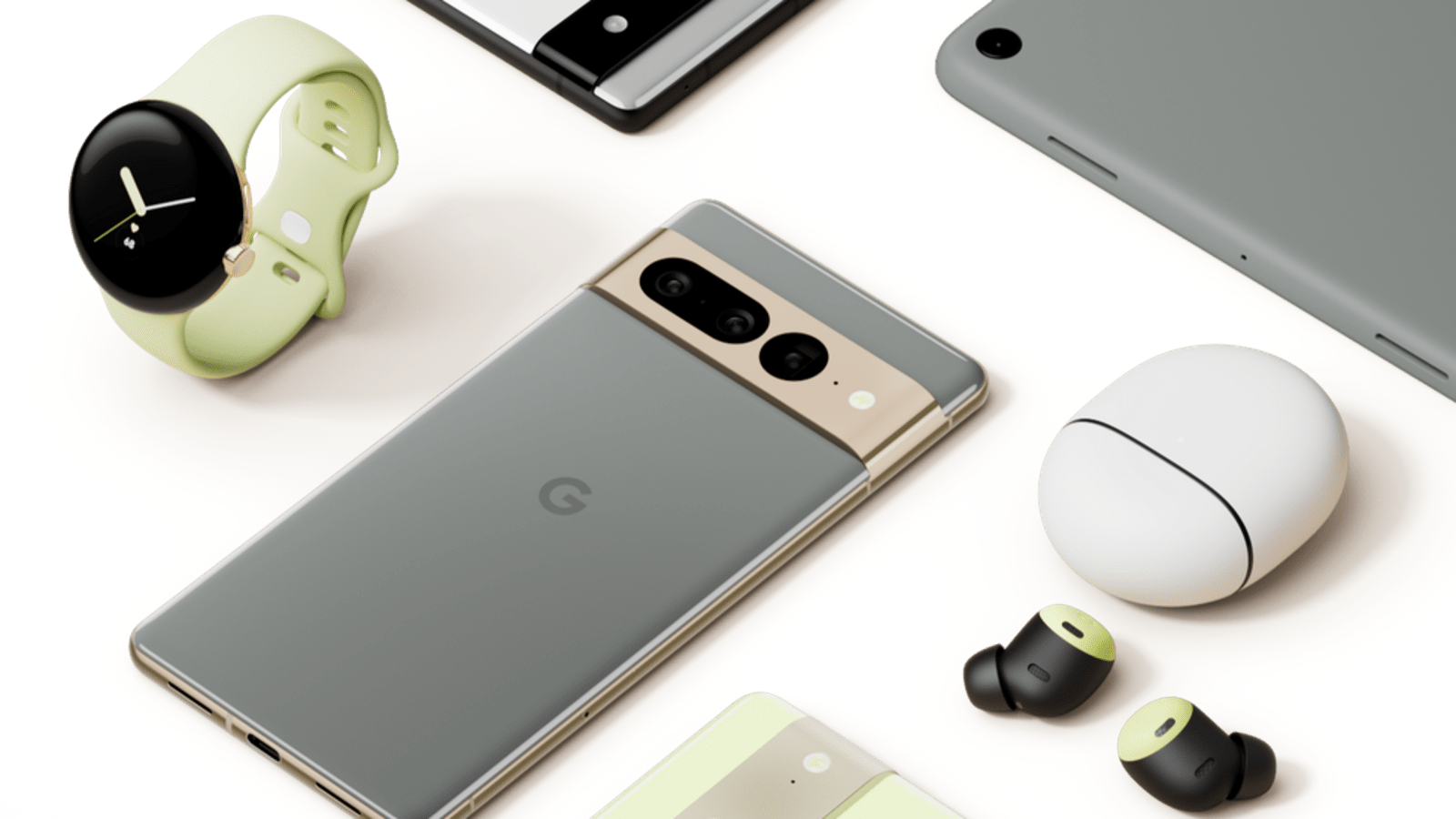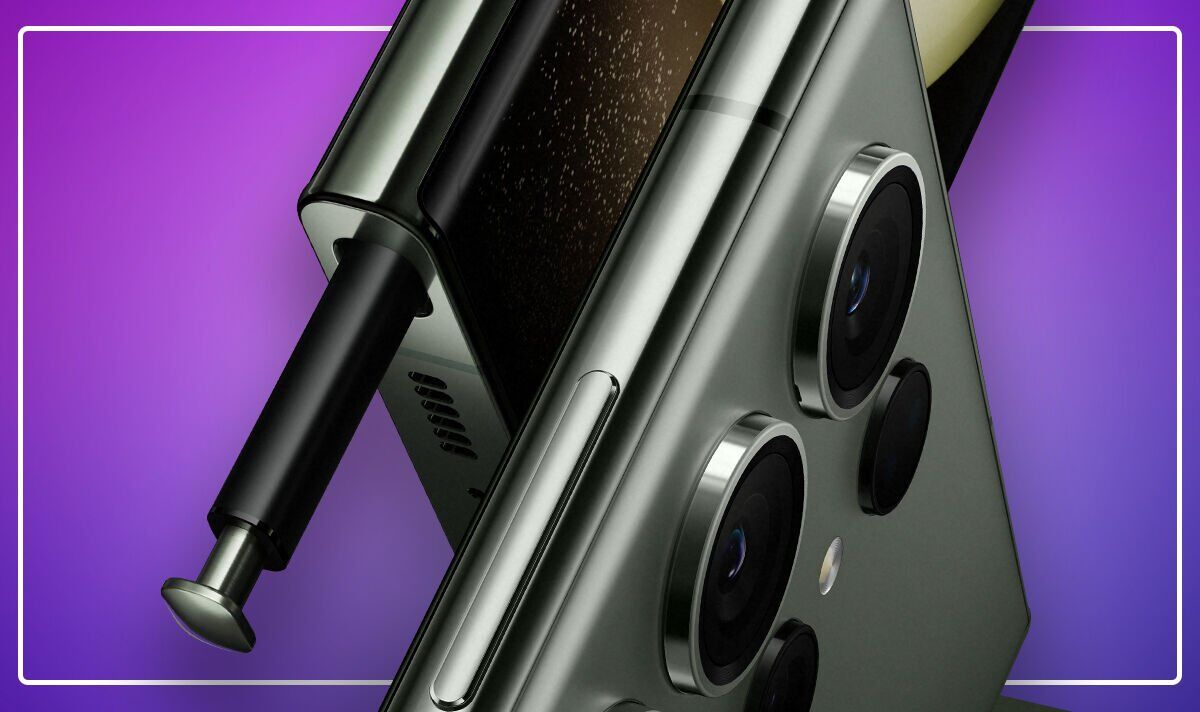The Evolution of iPhone: A Journey Through Innovation
Introduction:
Since its debut in 2007, the iPhone has redefined the landscape of mobile technology, setting new standards for innovation, design, and user experience. This article takes you on a journey through the evolution of the iPhone, highlighting key milestones and innovations that have shaped the iconic device.
The Birth of a Revolution: iPhone 1 (2007-2008)
The original iPhone, introduced by Steve Jobs, revolutionized the industry with its groundbreaking design and touch screen interface. It combined a phone, an iPod, and an internet communicator into a single device, setting the stage for a new era in mobile technology.
The App Store Era: iPhone 3G & 3GS (2008-2009)
The introduction of the App Store in 2008 transformed the iPhone into a platform for third-party applications. The 3G and 3GS models brought improved speed and performance, solidifying the iPhone’s position as the leader in the smartphone market.
Retina Display and FaceTime: iPhone 4 & 4S (2010-2011)
The iPhone 4 introduced the stunning Retina display, setting a new standard for screen clarity. Additionally, FaceTime brought seamless video calling to the masses, further enhancing the iPhone’s communication capabilities.
Bigger Screens and 64-Bit Architecture: iPhone 5 & 5S (2012-2013)
The iPhone 5 series introduced larger screens, catering to the demand for bigger displays. The 5S, with its 64-bit architecture, marked a significant leap in processing power and paved the way for future advancements in performance.
Design Revolution: iPhone 6 & 6 Plus (2014)
The iPhone 6 and 6 Plus introduced a completely redesigned form factor with larger screens, catering to users who sought more screen real estate. This shift in design language set the foundation for subsequent models.
The Era of Face ID and Edge-to-Edge Display: iPhone X (2017)
The iPhone X marked a monumental shift with the removal of the home button and the introduction of Face ID, revolutionizing device security. The edge-to-edge Super Retina display provided an immersive visual experience.
The iPhone Ecosystem Expands: iPhone 11 Series (2019)
The iPhone 11 series brought significant camera enhancements, introducing features like Night mode and Deep Fusion for stunning photography. It also marked Apple’s commitment to environmental sustainability.
5G and A14 Bionic Chip: iPhone 12 Series (2020)
The iPhone 12 series introduced 5G capabilities, providing faster download and streaming speeds. The A14 Bionic chip represented a leap in processing power, enabling advanced computational tasks and immersive gaming experiences.
Conclusion: The Future of iPhone
As the iPhone continues to evolve, it remains at the forefront of innovation, pushing boundaries and setting new standards for what a smartphone can achieve. With each iteration, Apple refines and redefines the user experience, solidifying the iPhone’s place as an iconic piece of modern technology.
















